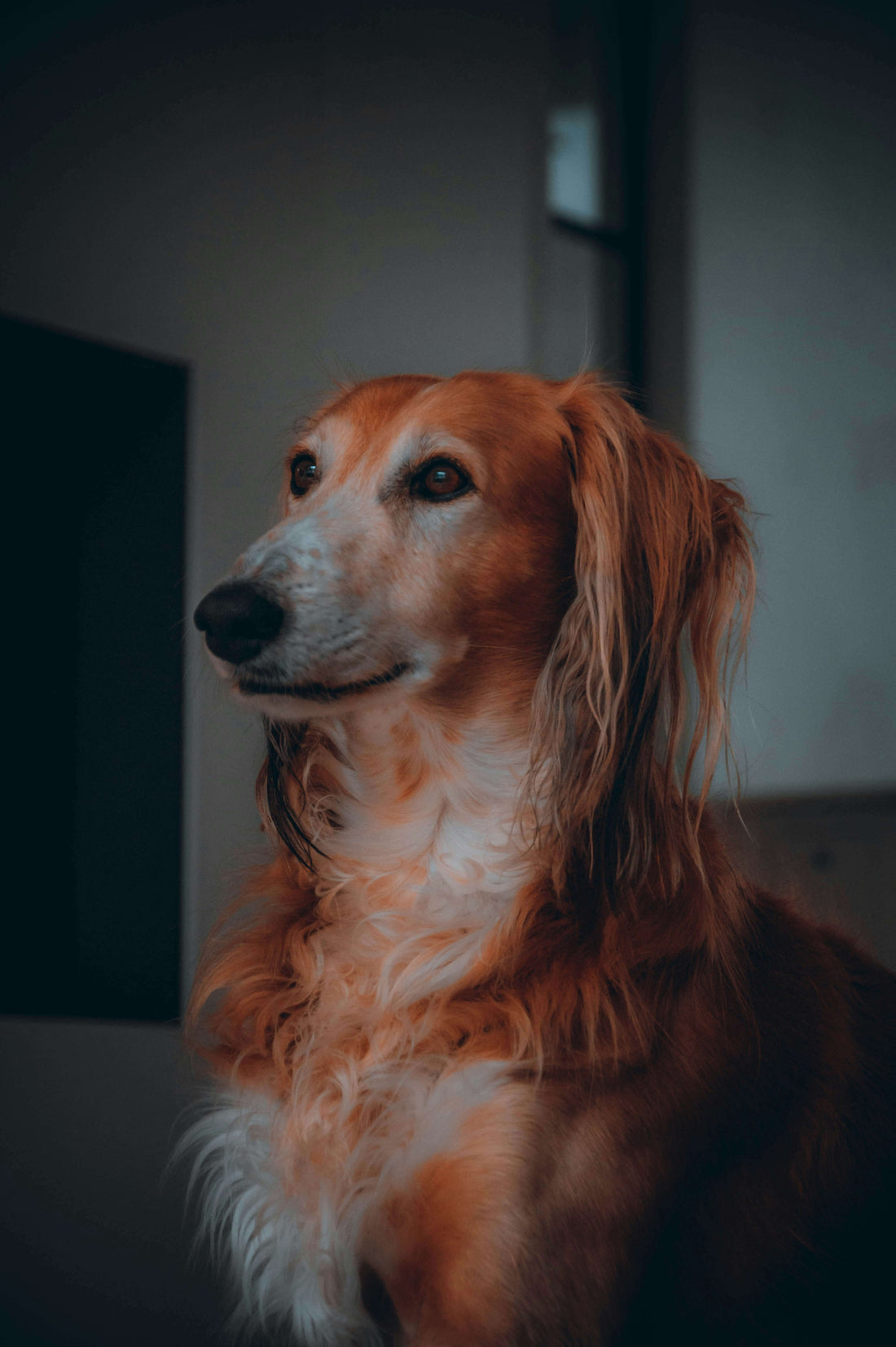
The Complete Guide to Dog Coat Types and How to Groom Them Like a Pro - JoPets
Share
If you’ve ever walked into a pet store and stood in front of the grooming aisle, you’ll know there’s no “one-size-fits-all” when it comes to dog brushes. Different dogs have different coat types and each coat type has its own grooming needs.
Whether your dog’s fur is long and silky, short and dense, or curly and fluffy, understanding their coat is the first step to keeping them healthy, comfortable, and looking their best.
In this guide, we’ll break down the most common dog coat types, how to care for each, and the tools that actually work.
Why Coat Type Matters
A dog’s coat isn’t just about looks. It protects their skin, regulates body temperature, and even acts as a barrier against dirt and pests. Neglecting proper coat care can lead to matting, skin irritation, or even infections.
By identifying your dog’s coat type, you’ll know:
-
How often to groom them
-
Which grooming tools to use
-
How to prevent common coat-related problems
1. Smooth Coat Dogs
Examples: Beagle, Boxer, Dalmatian, Doberman
Smooth-coated breeds have short, sleek fur that lies flat against their skin. They generally don’t tangle, but they still shed their undercoat, which sometimes tangles under their top coat.
Grooming Tips:
-
Frequency: Once a week is often enough.
-
Best Tools: A rubber grooming brush or grooming glove removes loose hair and boosts circulation.
-
Extra Care: Wipe down with a damp cloth between baths to keep their coat shiny.
Pro Tip: Even though smooth coats are low-maintenance, regular brushing reduces shedding around the house and keeps natural oils evenly distributed.
2. Double Coat Dogs
Examples: German Shepherd, Golden Retriever, Siberian Husky
Double-coated breeds have a dense undercoat beneath a top layer of guard hairs. They shed year-round, with heavier “blowouts” in spring and fall.
Grooming Tips:
-
Frequency: 2–3 times a week (daily during shedding season).
-
Best Tools: A slicker brush for the topcoat and an undercoat rake to reach deep tangles.
-
Extra Care: Never shave a double coat unless directed by a vet; it disrupts temperature regulation and can damage fur.
Pro Tip: Work in sections, starting from the back and moving forward, to ensure you don’t miss any hidden tangles.
3. Long & Silky Coat Dogs
Examples: Yorkshire Terrier, Afghan Hound, Maltese
These coats are gorgeous when well-kept and a nightmare if neglected. Long hair tangles easily, especially in active dogs.
Grooming Tips:
-
Frequency: Daily brushing to prevent mats.
-
Best Tools: A pin brush for detangling and a metal comb for finishing.
-
Extra Care: Trim hair around the eyes, paws, and sanitary areas to keep your dog comfortable.
Pro Tip: Always brush before bathing; water makes tangles worse and harder to remove.
4. Curly & Wavy Coat Dogs
Examples: Poodle, Bichon Frise, Portuguese Water Dog
Curly coats are dense and soft but prone to matting if not cared for regularly.
Grooming Tips:
-
Frequency: Every other day, with professional grooming every 4–6 weeks.
-
Best Tools: A slicker brush and a wide-tooth comb to get through curls.
-
Extra Care: Keep fur trimmed short if you don’t have time for daily upkeep.
Pro Tip: Start brushing from the skin outwards, not just the surface, to avoid hidden mats.
5. Wire Coat Dogs
Examples: Wire Fox Terrier, Schnauzer, Irish Wolfhound
Wire coats have a rough texture that resists dirt but needs special care to stay neat.
Grooming Tips:
-
Frequency: Weekly brushing plus occasional hand-stripping (or trimming if you’re not showing your dog).
-
Best Tools: A slicker brush or stripping knife.
-
Extra Care: Regular ear and beard cleaning, since wiry-coated breeds often have facial hair that collects debris.
Pro Tip: If hand-stripping sounds intimidating, a professional groomer can maintain the coat’s natural texture for you.
General Grooming Advice for All Dogs
Regardless of coat type, a few universal rules apply:
-
Always brush in the direction the hair grows
-
Be gentle around sensitive areas like the ears, belly, and tail
-
Use treats to make grooming a positive experience
-
Keep brushes clean to avoid spreading dirt and bacteria
Choosing the Right Brush
The right grooming brush makes all the difference. A poorly matched tool can leave tangles behind or even scratch your dog’s skin.
For example, our Jopets Jocomb - Multi-Coat Dog Brush is designed to work with multiple coat types; from smooth coats to thick double coats, making it a smart choice for multi-dog households or anyone unsure of their dog’s exact coat category.
It features:
-
Gentle stainless-steel tines for deep deshedding
-
An wooden ergonomic handle for comfortable, longer grooming sessions
Final Thoughts
Grooming isn’t just about looks. It’s a form of care that keeps your dog healthy and happy. Once you know your dog’s coat type, you can create a grooming routine that works for both of you.
Not only will your dog look their best, but you’ll also strengthen the bond you share every time you pick up the brush.
